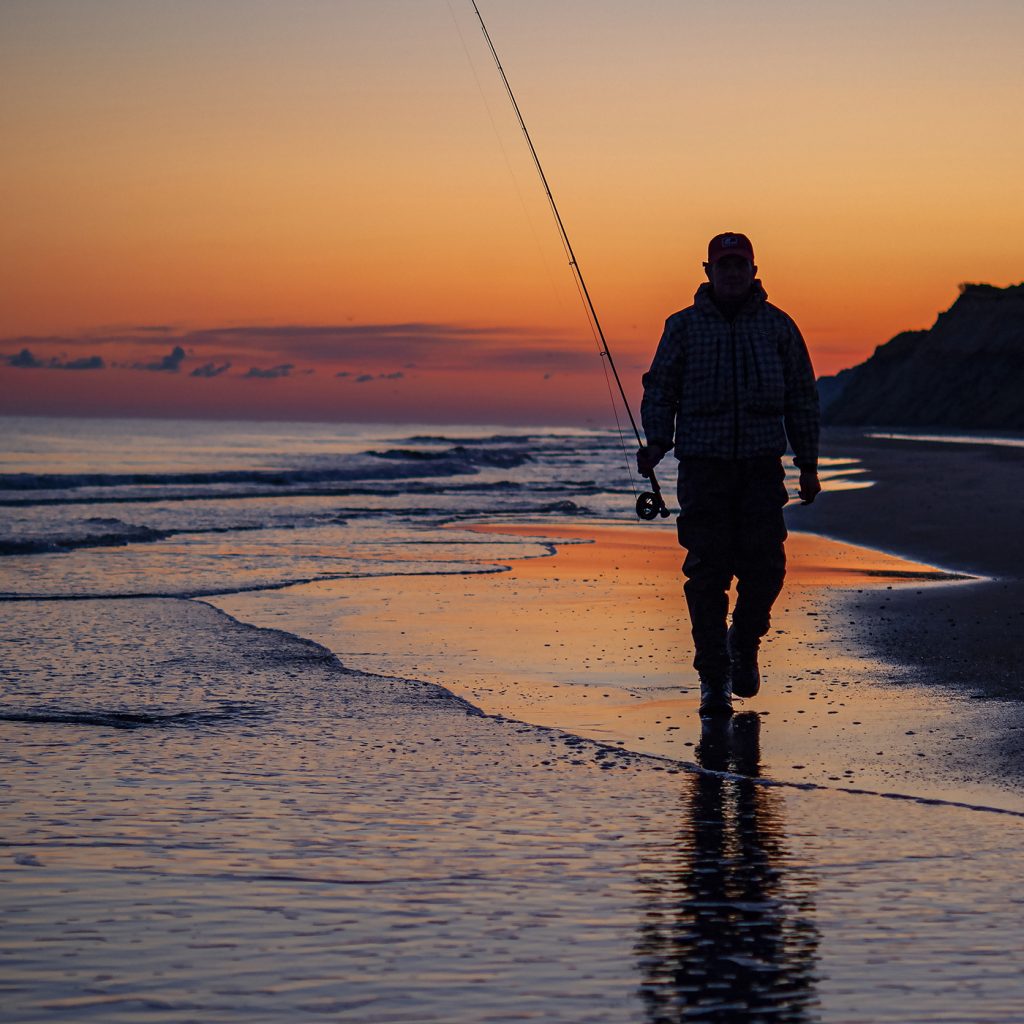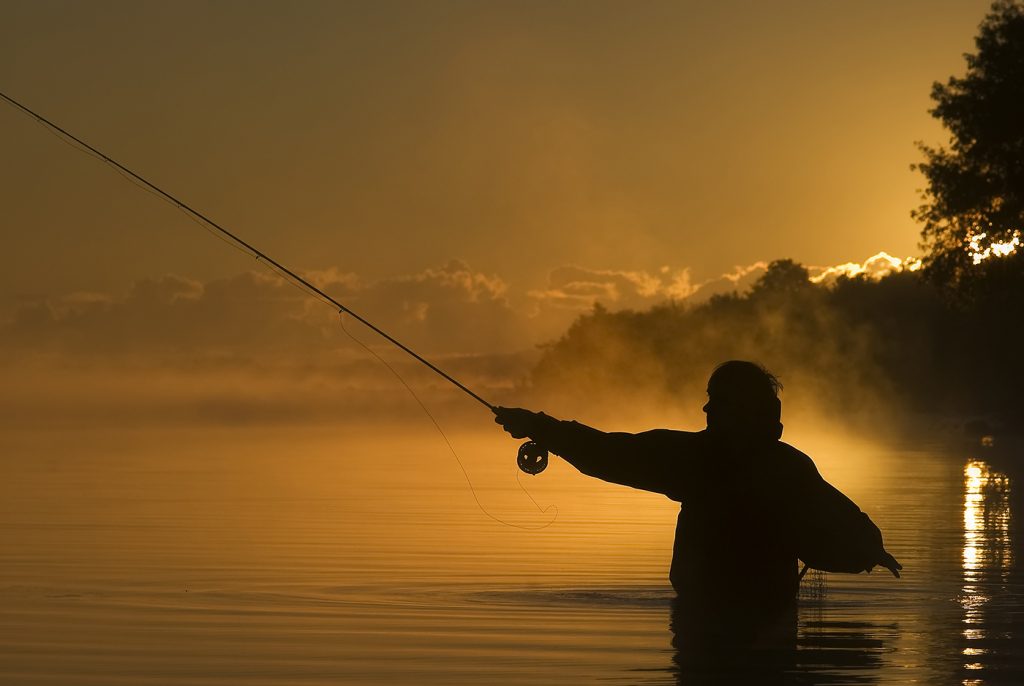
Most predatory fish change behaviour over the season. They are found in different places and feed different times of the day. Why? They are predatory and follow the behaviour of their prey. So I suppose, in a sense, that you can say they have only one behaviour – they follow their prey. If you’re fishing for predatory fish, and I suspect most of us are, the key to catching them is often to understand what they’re feeding on and the prey behaves.

A key factor is the basic understanding that most predatory fish eat prey significantly smaller than themselves. That doesn’t mean they once in a while strike on prey that seems too big for them. Especially pike and perch are liable to do that. But most of the time, they hit prey smaller than themselves. The prey can also be predatory and they in turn eat prey smaller than themselves and so it goes on, down the food chain.

That’s why night fishing for predators can be so effective, but there are other factors also important, water temperature, for instance. But with light fading, plankton seek upwards in the water column to take advantage of the fading light and with it follows the animals that feed on plankton, and with them the slightly bigger animals that feed and them and so it goes on, up in the food chain – and the water column. That happens all year round, but is most significant in the summer months. Put short – the darker the night, the higher you fish, and maybe with bigger flies. As the sun rises, fish smaller and increasingly deeper. Some of the best “night fishing” I’ve had is with small gammarus fished quite deep and slow after sunrise. Even dead drifting them with a very, very slow retrieve, just to stay in contact, with the current as the tide changes.
This of course means that you must change what’s in your boxes a little bit. In the dark night, everything is grey, but black provides a string contrast to the bright sky. And it’s always interesting to watch how new, succesful patterns often, and sometimes almost immediately, are adapted to night fishing. Maybe simply with a black version (a simple, black bait fish is vey effective) and sometimes in other ways.

Claus Eriksen’s Pattegrisen (the Piglet) swept across the Scandinavian salt water scene over 10 years ago and might likely today be the most used fly, at least in Denmark. Shortly after a good friend of mine asked if I could provide him with some black version, for night fishing and fishing in curly water. And then the surface-fishing-versions and quickly came a long. A black version contains all the same qualities – mobility, a credible profile and a nice, jigging action in the water. When adding a foam shell back rather than one of yarn or PVC, you get a surface fly. Depending on how much foam you use and how you tie it in, you can get it to draw a “V” in the surface or fish just in or under the surface. We released a video with Jesper Lindquist Andersen tying a version of The Piglet for night fishing:
Apart from using foam for the back, Jesper also includes another element – phosphorescent materials, in this case just a few strands of phosphorescent flash. The glow-in-the-dark doesn’t last long, but can be quite visible and takes just a few seconds to recharge, especially if you use a UV-lamp, which I think most of us have already. Check out Jesper’s video and think about if some of your own flies could benefit from a surface-conversion.

